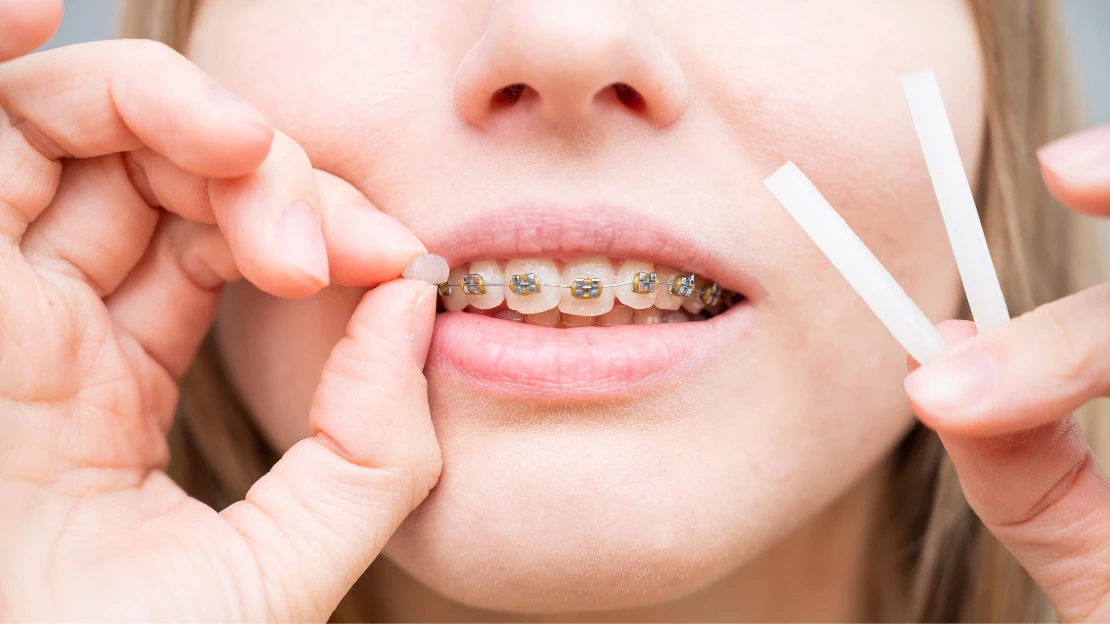Legacy Orthodontics - The Facts
Legacy Orthodontics - The Facts
Blog Article
Legacy Orthodontics - Truths
Table of ContentsThe Facts About Legacy Orthodontics UncoveredA Biased View of Legacy OrthodonticsLegacy Orthodontics Fundamentals ExplainedThe 20-Second Trick For Legacy OrthodonticsHow Legacy Orthodontics can Save You Time, Stress, and Money.
At Advanced Orthodontics, we provide clients with a holistic treatment experience. On top of that, we provide flexible treatment routines, flexible repayment options and a fun, enjoyable experience. orthodontics. Telephone call ( 480) 357-4900 today for additional information and timetable an appointment.An orthodontist is a dentist trained to identify, prevent, and deal with teeth and jaw irregularities. They deal with existing problems and are trained to determine issues that may create in the future. Orthodontists collaborate with individuals of any ages, from children to grownups. People often link an excellent smile with healthiness.
Malocclusion, or misaligned teeth, can bring about oral issues, consisting of dental cavity, gum disease, and challenging or excruciating chewing. Not everybody is born with straight teeth. If you have a poor bite or huge rooms in between your teeth, you may wish to speak with a dentist focusing on orthodontic care.
Our Legacy Orthodontics Ideas
( Photo Credit Score: DigitalVision/Getty Images) Orthodontists use dealt with and detachable dental devices, like braces, retainers, and bands, to change the placement of teeth in your mouth. Orthodontic therapy is for dental abnormalities, consisting of: Jagged teethBite issues, like an overbite or an underbiteCrowded teeth or teeth that are as well far apartJaw misalignmentThe objective of orthodontic treatment is to improve your bite.
A healthy and balanced bite ensures you can consume, chew, and talk properly. While you could think of orthodontists as primarily for children or young adults who need dental braces, they can deal with dental problems at any age. Orthodontists participate in university, dental college, and orthodontic school. After graduation, they spend 2 or 3 years in an orthodontic residency program.
, but not all dental practitioners are orthodontists. They concentrate on 2 locations: Exactly how to correctly and securely relocate teeth How to correctly direct growth in the teeth, jaw, and faceOnce an orthodontist has finished training, they have the choice to become board accredited.
Getting My Legacy Orthodontics To Work
Malocclusion leads to tooth overcrowding, a misshapen jaw, or uneven bite patterns. Malocclusion is usually treated with: Your orthodontist attaches steel, ceramic, or plastic square bonds to your teeth.
Some individuals need a headwear to assist move teeth right into line with stress from outside the mouth. A retainer is a custom-made tool that maintains your teeth in location.
They're usually made use of on youngsters. They can develop added space in the mouth without having to pull teeth. If you have a serious underbite or overbite, you could require orthognathic surgical treatment (additionally called orthodontic surgical treatment) to lengthen or reduce your jaw. Orthodontists make use of cords, medical screws, or plates to sustain your jaw bone.
You may need to see an orthodontist if you have: Crowding or not adequate area for every one of your teethOverbite, when your upper teeth come your bottom teethUnderbite, when your base teeth are too far forwardSpacing or concerns with gapsCrossbite, which is when your upper teeth fit behind your base teeth when your mouth is closedOpen bite or a vertical space between your front bottom and upper teethMisplaced midline, when the facility of your bottom and top teeth don't line up Fixing a dental malocclusion can: Make attacking, eating, and talking easierImprove the balance of our face and your overall appearanceEase discomfort from temporomandibular joint disordersDifferent your teeth and make them much easier to cleanse, aiding protect against dental caries or tooth cavities It's frequently a dentist that initially notices misaligned teeth throughout a routine test.
The Buzz on Legacy Orthodontics

Throughout your more initial orthodontic examination, you'll likely have: An oral examPhotos taken of your face and smileDental X-raysPanoramic (360 degree) X-rays of your face and headImpressions to produce molds of your teethThese examinations will aid your orthodontist understand just how to continue with your treatment. leesburg clear braces. An orthodontist is a dentist that's had training to treat your teeth and jaw
An orthodontist is concentrated on your bite, so something like a chipped tooth would be taken care of by a dental expert. Orthodontists are focused on your bite, or the means your teeth fit together, and the straightness of your teeth.
Ever wondered exactly how celebrities always appear to have flawlessly aligned teeth? The answer often depends on the experienced hands of an orthodontist. But exactly what does an orthodontist do? Orthodontists are dental experts who focus on fixing irregularities in the teeth and jaws. Their expertise goes beyond just developing a gorgeous smile; it extends to enhancing your general oral wellness and function.
What Does Legacy Orthodontics Do?

While braces are the most frequently recognized orthodontic therapy, orthodontists have a diverse toolkit at their disposal. The specific method picked depends upon the extent of the case, the individual's age, and private choices. These reliable braces use a system of brackets bound to the teeth and linked by wires.
Clear aligners, like Invisalign, are a preferred alternative for clients seeking a much more discreet treatment option. These detachable trays are tailor-made to progressively move the teeth's position. Headgear might be made use of in combination with dental braces or aligners to apply additional targeted forces, specifically for fixing jaw inconsistencies. In situations of narrow jaws, palatal expanders can be utilized to develop area for appropriate tooth positioning.
Report this page